The sprint retrospective is the ‘ Confess Everything’ moment, where teams settle scores and reveal their darkest secrets , but with post-its and smiles, not fists.
A sprint retrospective is a regular meeting in agile management where a team reflects on their recent work, identifies what worked well and what can be improved, and then plans actions to move forward. It aims to promote continuous improvement.
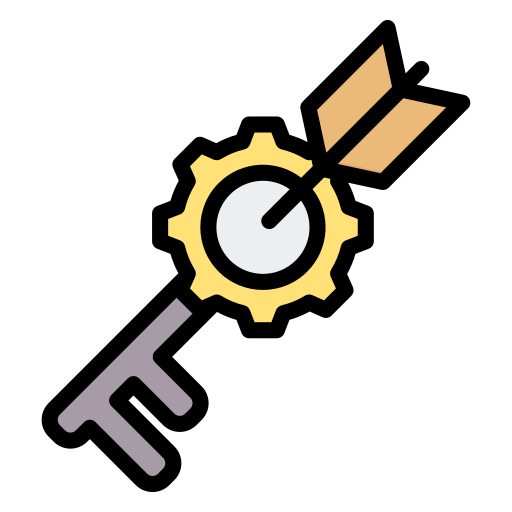
Key Points
This article unveils the best moments to organize a sprint retrospective, its objectives, prerequisites, different phases, key participants, useful recommendations, and also directs you to online tools to facilitate the sprint retrospective.
The Objectives of the Sprint Retrospective
The main objectives of a sprint retrospective are:

Expressing oneself freely
Allowing the entire team to express themselves freely on the past Sprint is important to identify the strengths and weaknesses of the Sprint.

Helping the team move forward
Sprint retrospective provide a framework for defining improvement plans, allowing the team to progress from sprint to sprint.

Measuring Satisfaction
A barometer of customer and service provider team satisfaction.
Sprint retrospectives can be an indicator of project stakeholder satisfaction.
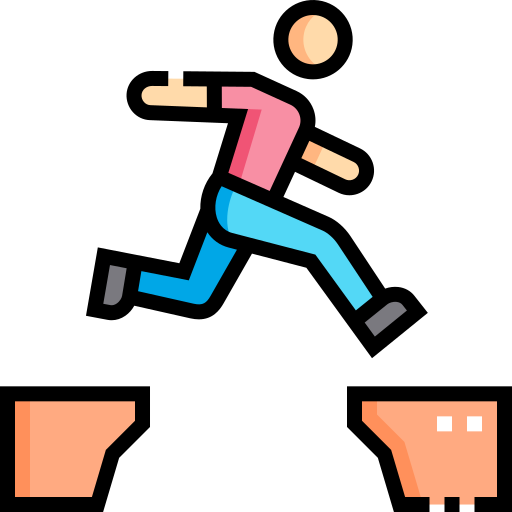
Solving the difficulties
By identifying problems, teams can collaborate to find solutions.
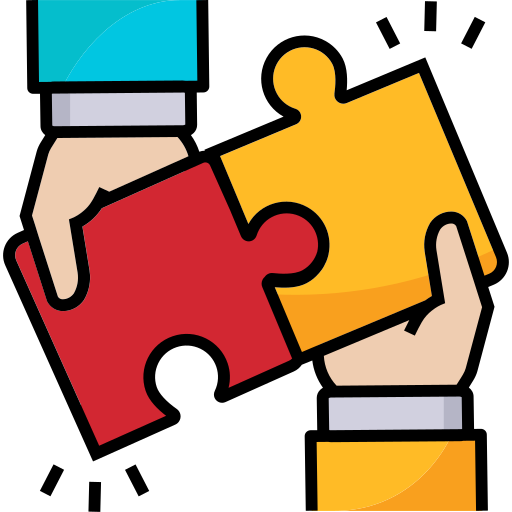
Collaborative Relationship
Sprint retrospectives encourage collaboration and communication between team members.

Lowering tensions
Sprint retrospectives offer an opportunity to decompress after an intense sprint. The collabs exteriorize, but always respectfully.
When to Host a sprint retrospective
Frequency
On the last day of each sprint and ideally after
the Sprint Review
.
Duration
The sprint retrospective lasts 3 hours for a sprint lasting 4 weeks.
Inputs
Any data deemed useful related to the Sprint that has just ended (see below for prerequisites)
Outputs
A Scrum Team improvement plan (see below for more details)

Agility: More Reading
Who Participates in the Sprint Retrospective?

Product Owner
Sponsor
- Sharing user feedback on the product, contributing to the evaluation of the past sprint
- Helps prioritize backlog items based on user needs and retrospective findings.
- Commits to supporting the implementation of the improvement actions identified during the retrospective, integrating them into the
Product Backlog
if necessary.

Scrum Master
Facilitateur
- Animates the ritual and assists the participants
- Verifies the implementation of previous action plans
- Helps participants identify the best appropriate courses of action

Dev Team
Réalisateurs
- Speaks freely about the strengths and weaknesses of the Sprint
- Participates in the implementation of the necessary action plans
- Commits to actions for the next Sprint
Organize a Sprint Retrospective in 5 Steps
To run a retrospective properly, follow these 5 phases

Prerequisites
Presence of the entire Scrum team, an appropriate meeting space (quiet and spacious), tools and materials (from a wall, post-its, flip markers, tape…), sprint data and a determined retrospective format .
Phase 1: The Hook (20 minutes)
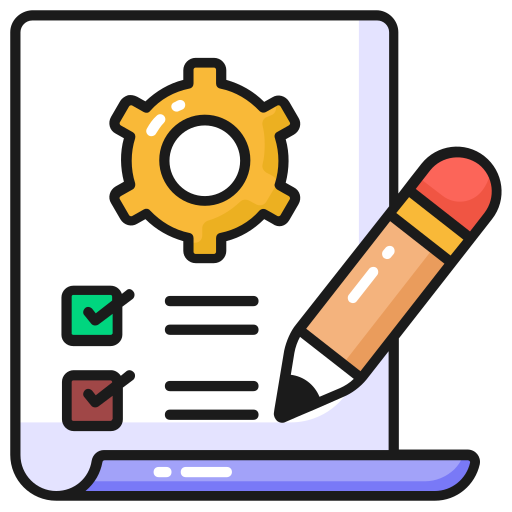
Objectif : Bilan rapide du Sprint qui vient de se terminer par le Scrum Master.
Scenario :
- The facilitator orally summarized the Sprint Using the information radiator:
- The metrics of the last sprint(s) (velocity, respect of commitment, reopening of anomalies, etc.)
- The assessment of the action plan that was decided during the previous retrospective (done, not done, in progress)
- Significant events that had a positive or negative effect on the team
- The facilitator takes the temperature by asking on a scale of 1 to 5 for the subjective satisfaction of each team member on the Sprint.
What is it used for?
- Have the context elements of the Retrospective.
- Break the ice with the help of the facilitator.
Phase 2: Information gathering (30 minutes)

Objectif : Identifier les forces et faiblesses de l’équipe, ce qui fonctionne bien, qui est efficace, qui motive et ce qui ne l’est pas.
Scenario:
- The timer is set to 5 minutes.
- People are provided with post-it notes and a marker.
- Everyone writes down 1 idea per post-it note (a few words written in large letters)
- After 5 minutes, stick the post-its on the wall.
- We go around the table where everyone can explain each post-it in 1 to 2 sentences.
- Have 2 colors of sticky notes (one color for what works, and another for what needs to be improved)
What is it used for?
- Congratulating yourself feels good.
- Know what not to stop doing.
- Take the pulse of the team’s satisfaction.
- Allow everyone to have their say on what can be improved.
Phase 3: Topic Selection (10 minutes)

Objectif : Choisir les 3 sujets les plus importants à améliorer.
Scenario :
- Group: The facilitator groups ideas together as people explain their post-its.
- Rephrasing : The facilitator asks participants to summarize each group of post-it notes into 1 single, short formulation of the problem.
- Vote : Each person has 5 votes in their hands. She can distribute her votes as she sees fit on each post-it grouping.
- Select the 3 topics with the most votes: we deal with the topics by descending vote.
What is it used for?
- Deal with priority topics first.
- It’s easier to get results on a limited number of topics.
Phases 4: The improvement plan (1h 30min)
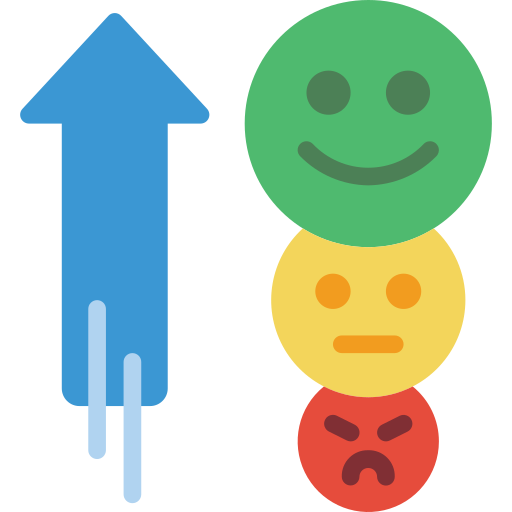
Objectif : Identifier un plan d’actions efficace sur chaque sujet.
Scenario (for each topic):
- The timer is set to 5 minutes.
- Participants enter only 1 idea per post-it.
- After 5 minutes, stick the post-its on the wall.
- Choice of solutions:
- We go around the table where everyone can explain their proposals.
- We can let people react to see which proposals have general approval.
- Be careful, however, to control the endless discussions, as you have to go through all the proposed solutions.
What is it used for?
- Use the team’s collective intelligence to find solutions
- Involve the team in problem solving.
Phase 5: Debriefing (30 minutes)

Objectif : Engager l’équipe sur les actions à mener.
Scenario :
- The team decides who is responsible for each action.
- The facilitator formalizes the action plan.
For example, a poster in the office.
- The facilitator concludes by surveying the team on the quality of the retrospective.

Important!
Safety climate : Make sure the team feels safe to share their opinions and concerns. Team members should feel comfortable expressing their ideas without fear of reprisal.
Alternatives
The spedd boat is a metaphor representing the product, project or team, etc.
- We’re all in this together, and the goal is to move from a point where the organization isn’t effective to a point where everything is in a state of flux.
The goal of the Speed Boat, the product, is to go fast (for optimal operation)
- Participants should be urged to first describe what characterizes this optimal functioning.
- Thus the ship may go to the port or to its island (the purpose, state B in a perspective of change) or possess this or that characteristic.
The position of the boat represents the present and can give an idea of the path to be travelled.
Anchors are the brakes that prevent the boat from moving forward, that slow it down, or the points that the Product Owner or key users don’t like about the product and hinder its optimal functioning.
- The lower they are positioned, the stronger they are.
 Tips and tricks
Tips and tricks

Stay playful
Using playful methods is the last event of a Sprint.

Involve
Changing facilitators
- Energize retrospectives.
- Empower other team members.

Track actions
Formalize actions for better follow-up:
- The creation/update of the rules of the game within the team.
- Adding a User Story / Task to the backlog.
- Another type of action to be taken by one of the team members.

Complement
Get new ideas on: funretrospectives.com
Here are a few suggestions:



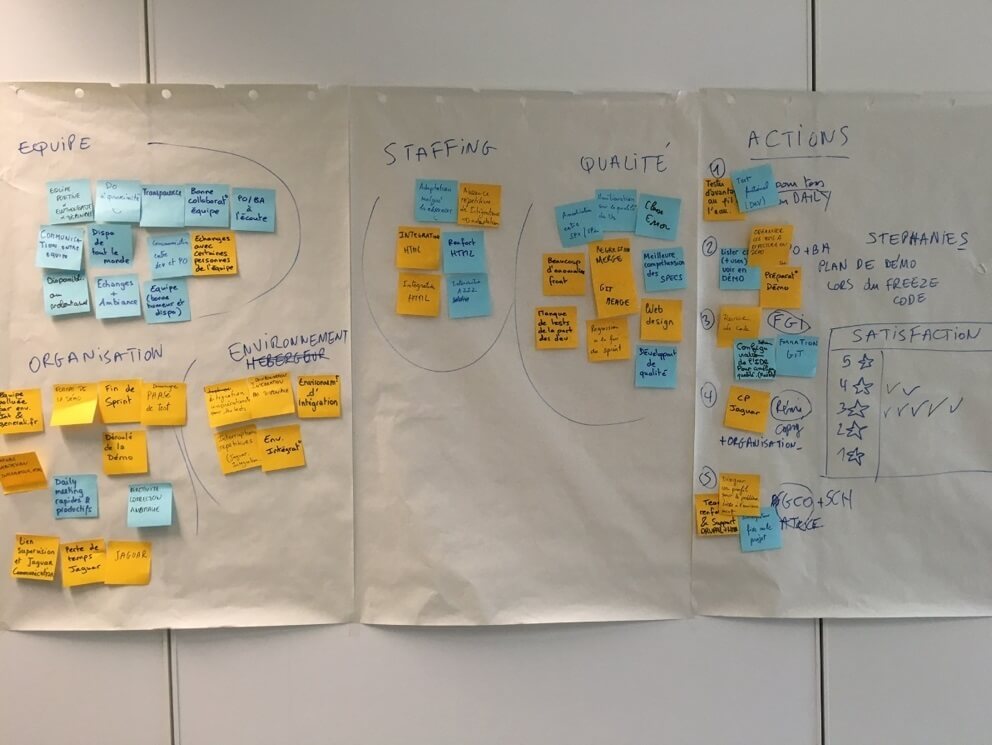
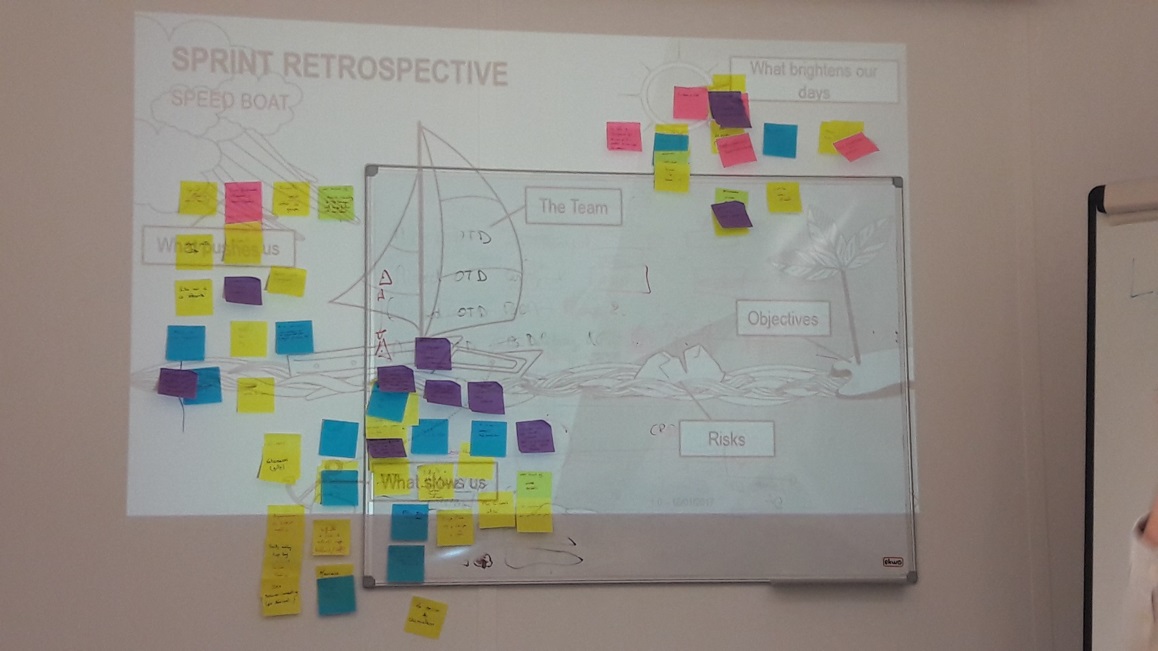
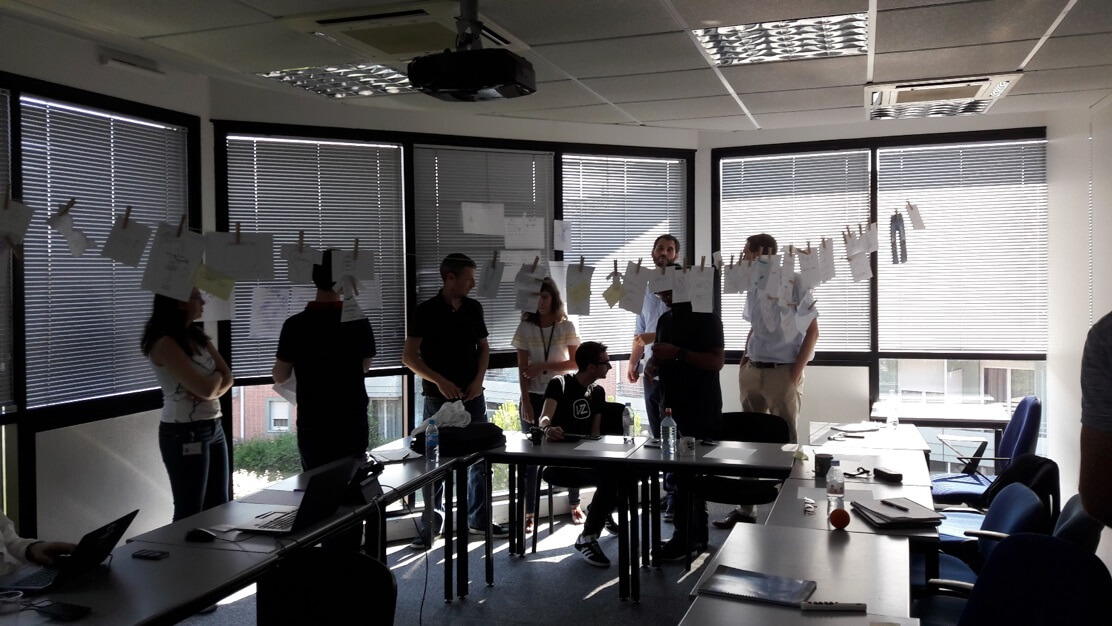

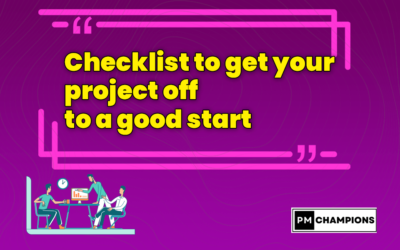
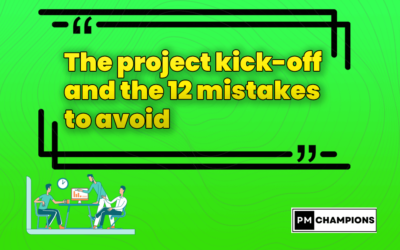

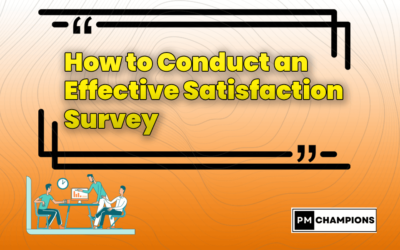
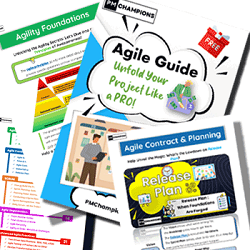
0 Comments